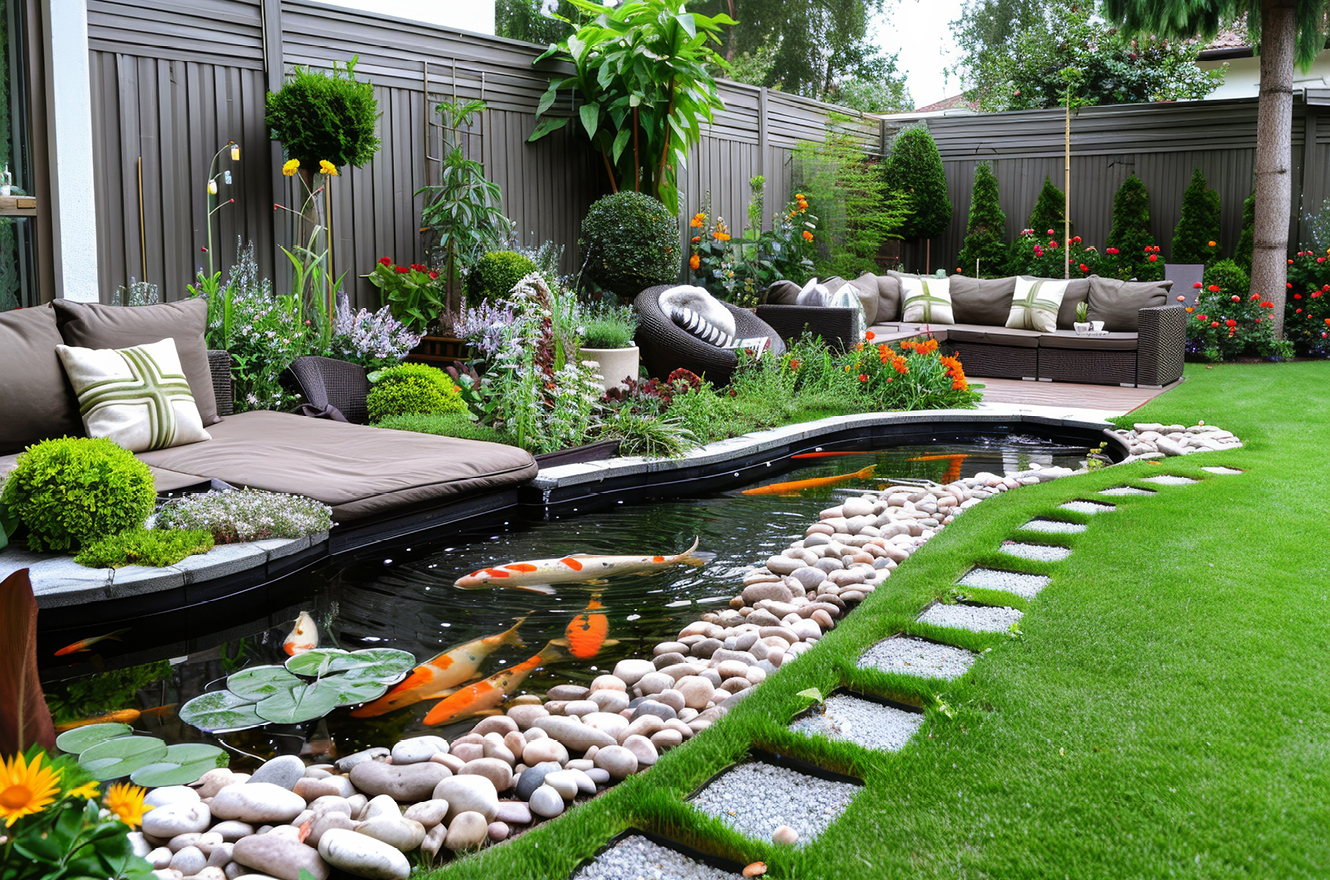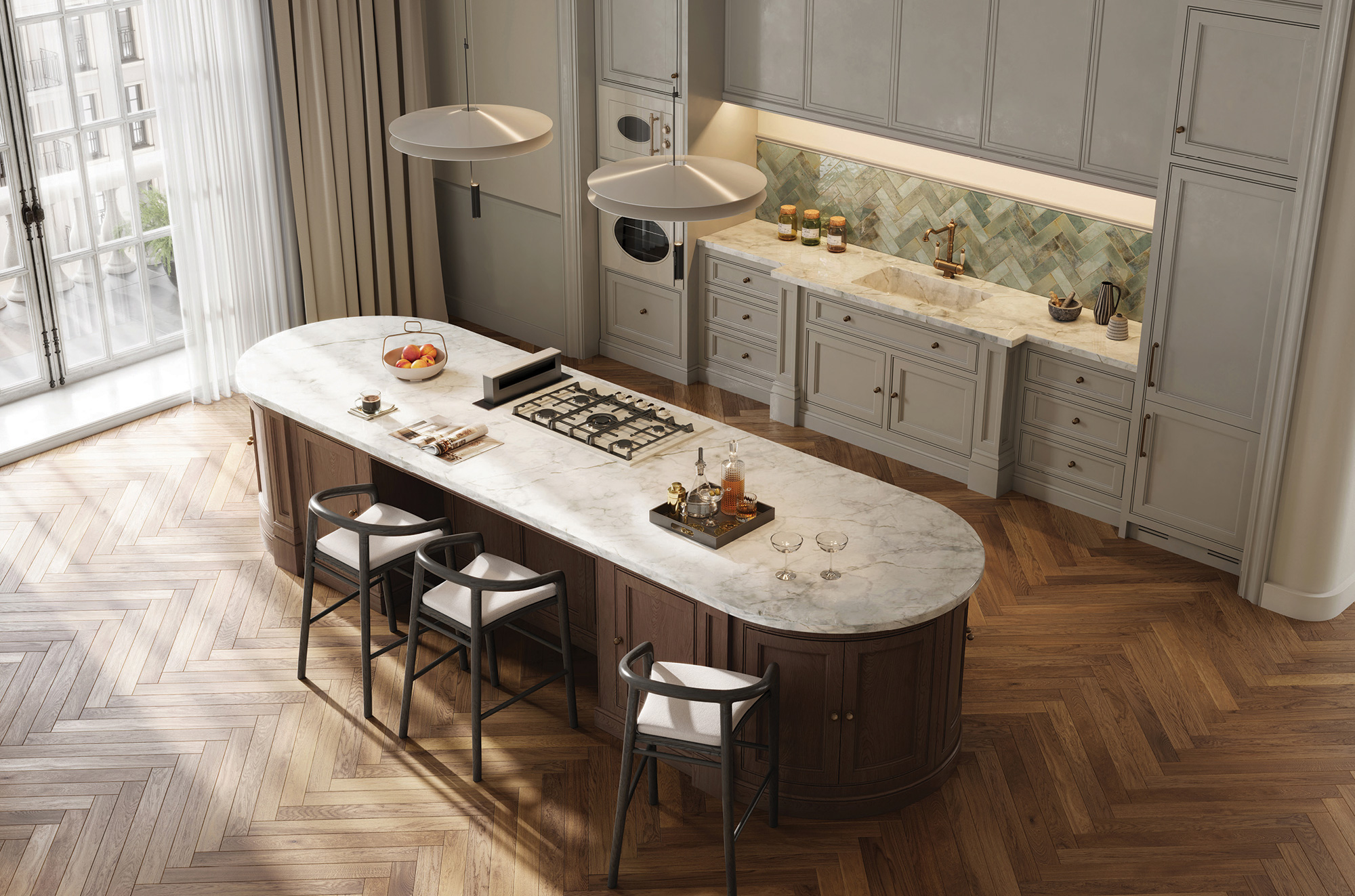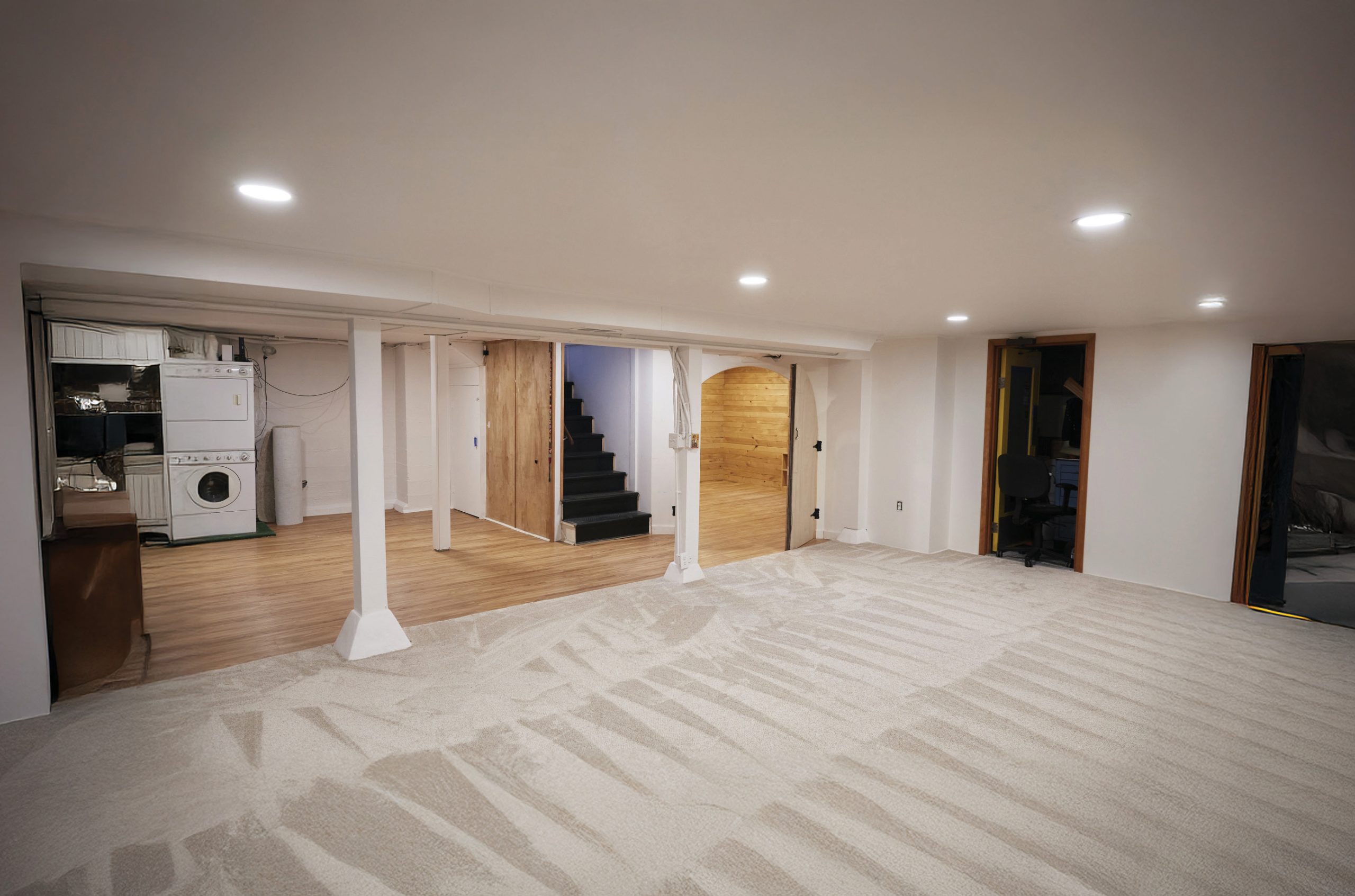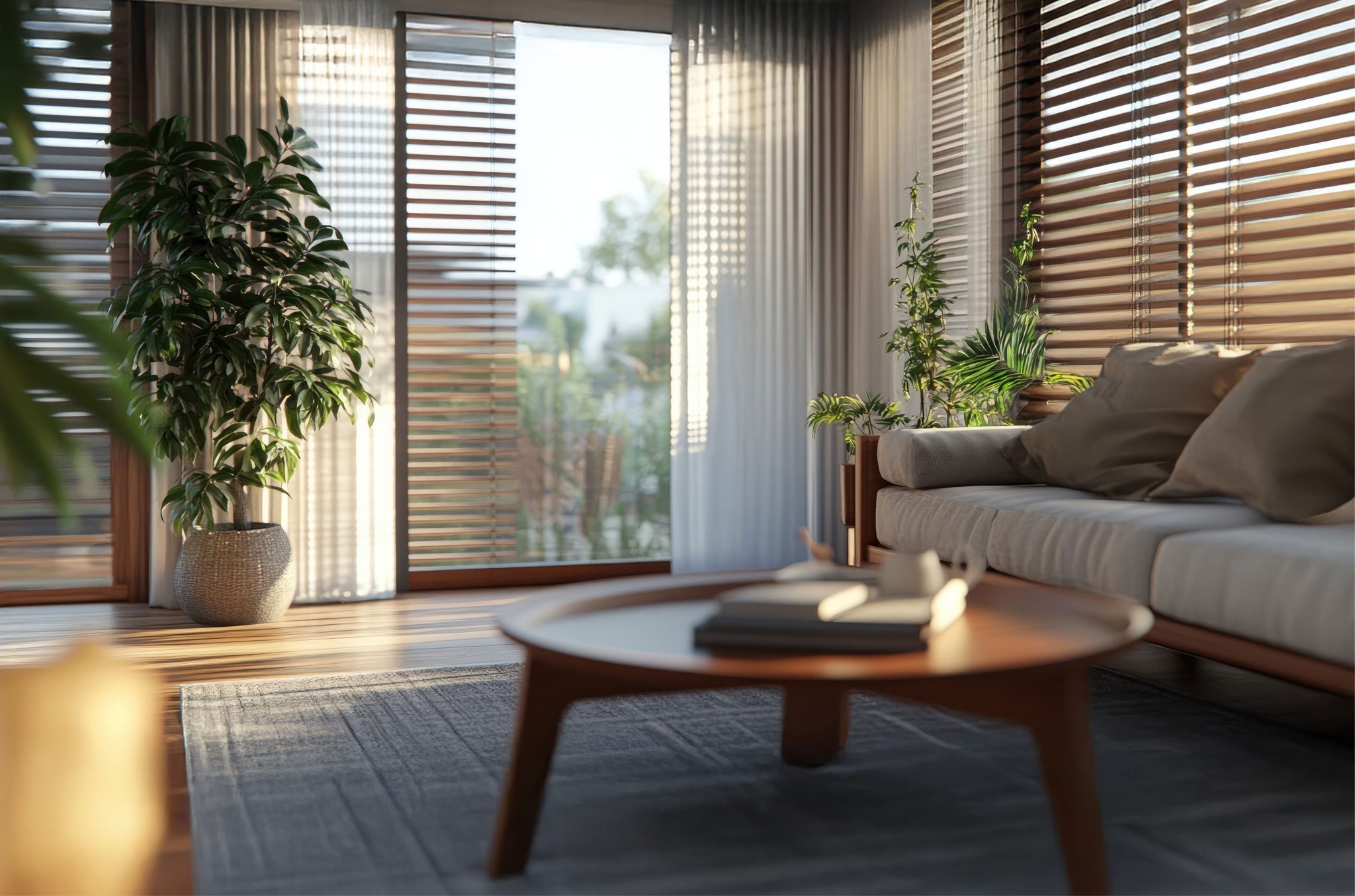
Enhance your outdoor space with an affordable DIY fountain, wall-mounted waterfall or tabletop feature.
If you’re looking for a good way to add personality to your patio, balcony or garden, a water feature may be the solution for you. With a little creativity and the right design, you can transform your outdoor space into a peaceful retreat – without draining your wallet.
DIY Container Fountains
These are incredibly easy to assemble, are customizable and can deliver a big impact. All you need is a large ceramic pot, a small pump and decorative stones or foliage. You could opt for a solar-powered pump for even more savings and make it a one-of-a-kind showstopper with colored pebbles, LED lights or a cascading tier.
Birdbaths With a Twist
Classic birdbaths are always nice, but you can upgrade the look by incorporating a mini bubbler or a floating solar fountain. Not only will feathered visitors love to take a dip, but the gentle movement of the water helps prevent mosquitoes from settling in. Plant a ring of bright flowers or lay assorted rocks around the base for a natural, inviting vibe.
Repurposed Features
Think outside the box – or inside the barrel – with an old watering can, whiskey cask or vintage teapot as your inspiration. With a bit of ingenuity and a low-cost pump, discarded items become artistic centerpieces. These quirky creations also serve as great conversation starters and give your garden an eclectic aura.
Miniature Pond Kits
Pre-formed pond or flexible liners are available at popular home improvement stores and are relatively inexpensive. With some stones and aquatic greenery, you’ll have a delightful pond that fits most any backyard. Bonus: Floating solar lights or lily pads will take your pond from simple to stunning. You could include small fish to bring even more life to your little water world.
Wall-Mounted Waterfalls
No yard? No problem! Wall-mounted fountains can hang on fences, exterior walls or balcony railings. The soothing trickle creates a relaxing soundscape, perfect for masking street noise or adding a touch of Zen. They’re sleek, space-saving and come in a variety of materials and designs – many under $100. Look for kits with self-contained systems to keep installation easy.
Tabletop Tranquility
Ideal for apartment balconies or porches, tabletop features are compact and portable. You can find a wide range of styles – from rustic stone to modern minimalist – at home décor stores or online. Some also double as planters or candle holders for extra ambiance. Try placing one near a reading nook or outdoor dining area to enhance the mood with a serene, spa-like feel.
An eye-catching aquatic element doesn’t have to be elaborate or expensive to make a big splash. Whether you go the DIY route or pick up a pre-made piece, you can take your outdoor design to the next level while evoking a sense of calm and charm that’s always in style.


 Facebook
Facebook
 X
X
 Pinterest
Pinterest
 Copy Link
Copy Link








